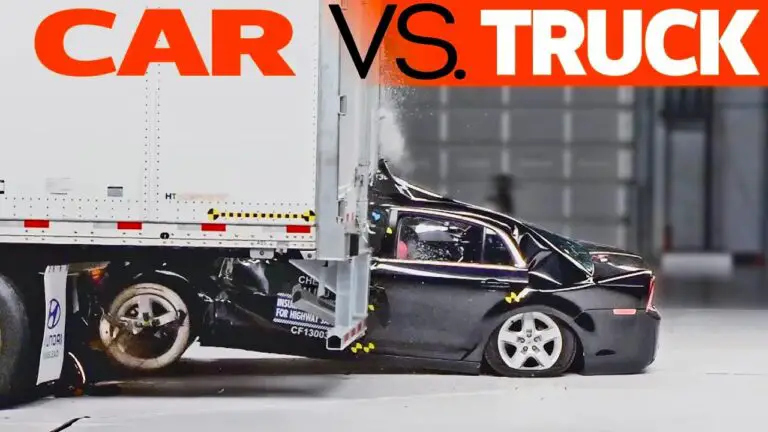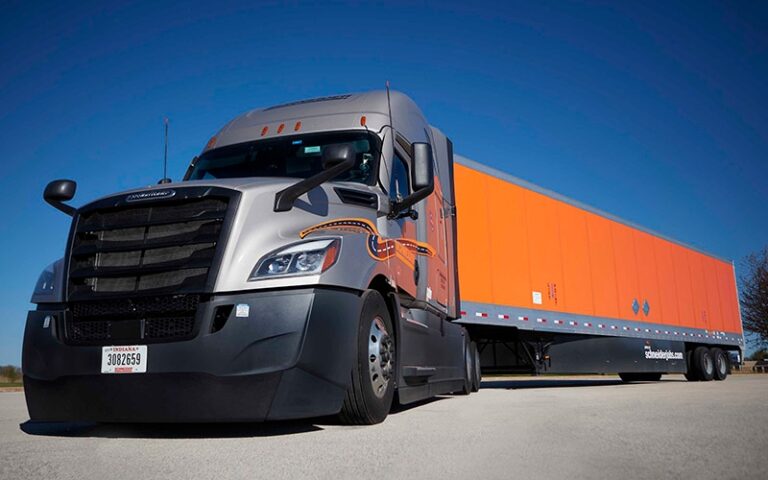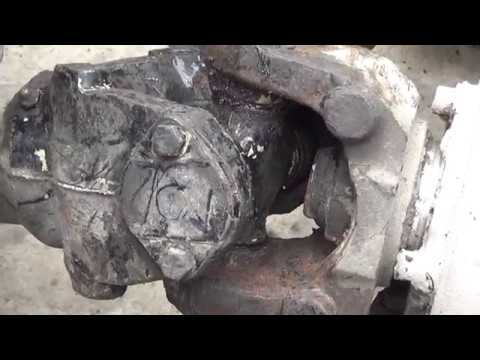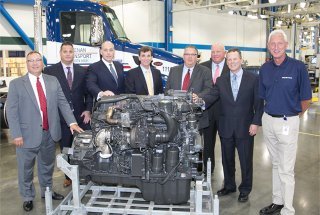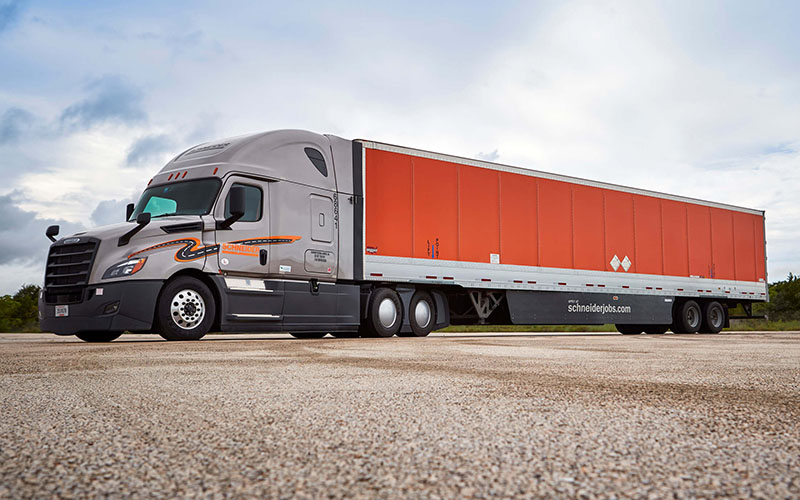
A semi truck is not the same as a trailer. A semi truck is a vehicle that hauls trailers.
Semi trucks, also known as tractor-trailers or 18-wheelers, are a common sight on highways and are an essential part of the transportation industry. These vehicles consist of a tractor unit, which includes the engine and driver’s cab, and a detachable trailer for carrying cargo.
Due to their immense size and power, semi trucks are capable of transporting large quantities of goods over vast distances, making them an integral component of the logistics network. With their unique design and functionality, semi trucks play a crucial role in facilitating the movement of products and materials across the country. We will delve deeper into the features and significance of semi trucks in the transportation sector.
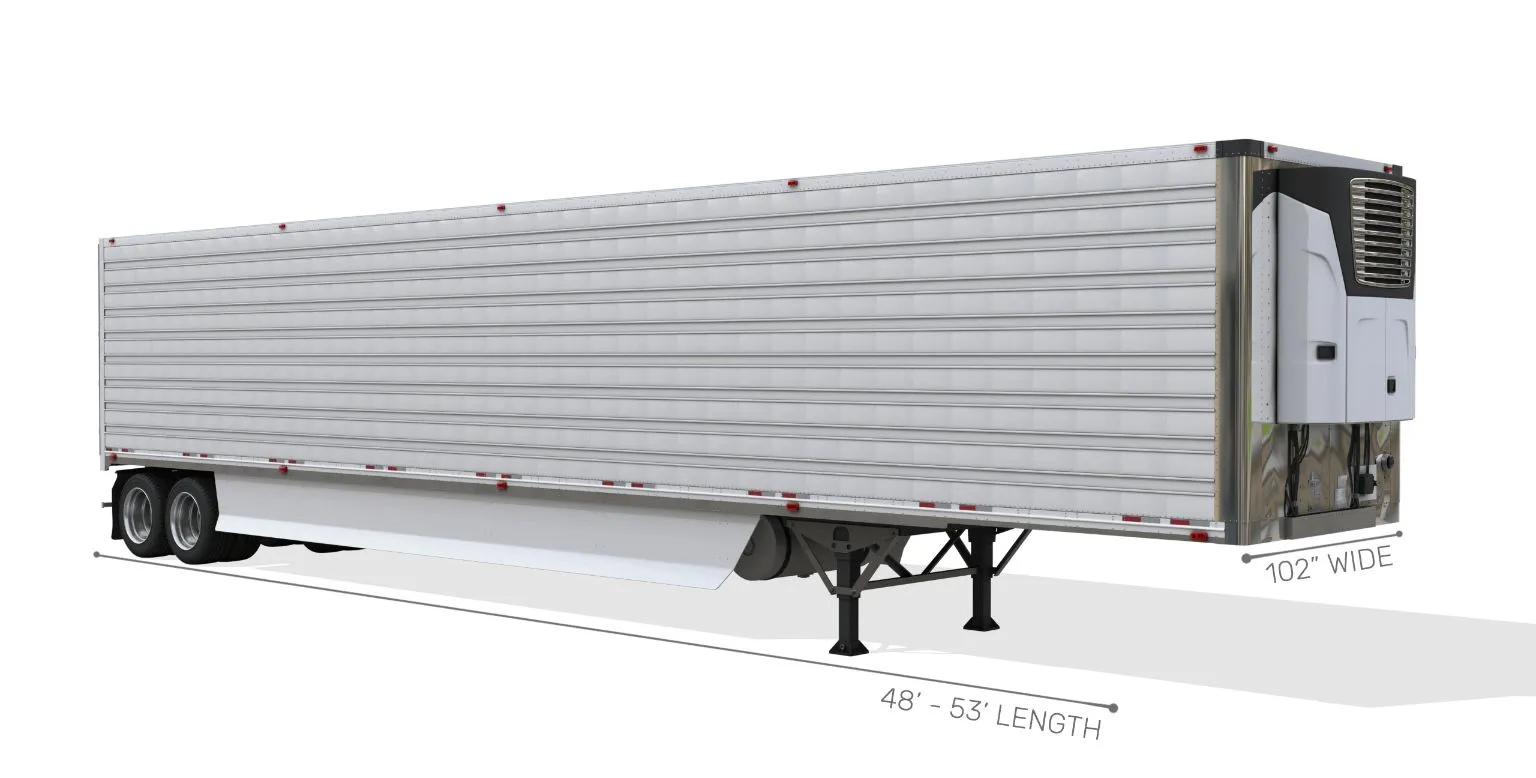
Credit: streamlogistics.com
Navigate As You Want: [show]
What Is A Semi Truck?
A semi truck, also known as a semi-trailer truck or an articulated lorry, is a type of heavy-duty commercial vehicle used for transporting goods. __Semi trucks__ consist of two main components – a tractor unit, also known as a cab or a truck, and a trailer.
The __tractor unit__ is powered by a diesel engine and has a large cabin for the driver to operate and rest. It provides the driving force to move the entire truck and has multiple axles to distribute the weight evenly. The trailer, on the other hand, is a non-powered vehicle and carries the load. __Trailers__ come in various types, such as dry van, reefer, flatbed, and tankers, depending on the nature of the cargo they transport. They connect to the tractor unit via a fifth wheel hitch.
Semi trucks are commonly used in the transportation industry due to their versatility and ability to carry heavy loads. They play a vital role in the logistics and supply chain, ensuring goods are efficiently moved from one location to another.

Credit: www.pensketruckrental.com
What Is A Trailer?
A trailer is a non-motorized vehicle designed to be pulled by a powered vehicle. It is commonly used for transporting goods or materials. There are various types of trailers, including flatbed, refrigerated, and dry van trailers. Each type serves different purposes based on the cargo being transported. For example, a flatbed trailer is suitable for carrying large or bulky items, while a refrigerated trailer is ideal for transporting perishable goods, such as food or pharmaceuticals. Trailers play a crucial role in the transportation industry, enabling efficient movement of goods across long distances. The functionality of semi-trucks and trailers together enhances the logistics system, making it an essential component of the supply chain.
Key Differences Between A Semi Truck And A Trailer
Semi trucks and trailers are two distinct components of a commercial trucking system. The function and purpose of a semi truck is to provide the power and engine necessary to move and pull loads. On the other hand, the trailer’s design and construction are focused on providing a platform for carrying the goods being transported. The trailer’s construction is generally lightweight to maximize cargo capacity while still maintaining structural integrity. This plays a key role in the overall functionality and operation of the semi truck-trailer combination. Additionally, the design and construction of trailers can vary depending on the specific needs of the cargo being transported, making them highly versatile in meeting different transport requirements.
Credit: en.wikipedia.org
How Do Semi Trucks And Trailers Work Together?
According to Load Distribution, semi trucks and trailers work together through a coupling mechanism that ensures proper attachment and movement. The coupling mechanism involves a fifth wheel hitch located on the rear of the truck and a kingpin on the front of the trailer. When the truck and trailer are connected, the weight of the trailer is distributed evenly between the drive axles and the trailer axles. This ensures stability and balance while driving, especially during turns. The weight distribution also affects the handling and braking of the vehicle. By evenly distributing the weight, the semi truck and trailer can navigate safely and efficiently on the roads. This collaboration between the truck and trailer allows for the transportation of heavy loads over long distances, making semi trucks a reliable choice for various industries.
Uses And Importance Of Semi Trucks And Trailers
Semi trucks and trailers are crucial for transporting goods efficiently and on a large scale. While a semi truck is the power unit that pulls the trailer, it is the combination of both that enables the transportation industry to meet the demands of today’s global economy.
Semi trucks and trailers play a pivotal role in the efficient transportation of goods. The transportation industry relies heavily on these vehicles to move a wide range of products across long distances. Semi truckstractor-trailerssemishaul large quantities of goods from one location to another. Their robust build and large cargo capacity make them ideal for industries such as manufacturing, retail, and construction. Trailersdetachable portion of the semi truck that holds the goods being transported. They come in various types, including box trailers, flatbeds, and refrigerated trailers. The economic impact of semi trucks and trailers cannot be overstated. They facilitate the flow of commerce and contribute to economic growth by ensuring that products are accessible to consumers. Overall, the versatility and importance of semi trucks and trailers make them indispensable in the transportation industry. Let’s summarize the uses and importance of semi trucks and trailers: 1. Transporting large quantities of goods efficiently. 2. Supporting industries such as manufacturing, retail, and construction. 3. Various types of trailers available for different transportation needs. 4. Facilitating the flow of commerce and contributing to economic growth. In conclusion, semi trucks and trailers play a vital role in the transportation of goods, supporting industries, and driving economic impact.Frequently Asked Questions For Is Semi Truck A Trailer
Is A Semi Truck The Same As A Trailer?
A semi truck, also known as a tractor-trailer, is not the same as a trailer. A semi truck is the vehicle that has an engine and pulls the trailer, which is the part that carries the goods. The two are connected but have separate functions.
How Does A Semi Truck And Trailer Combination Work?
A semi truck and trailer combination work by connecting the trailer to the back of the semi truck. The trailer is loaded with goods and the semi truck provides the power to pull the trailer. This combination allows for efficient transportation of goods over long distances.
What Is The Purpose Of A Trailer In A Semi Truck?
The purpose of a trailer in a semi truck is to carry goods or cargo. Trailers come in different sizes and types, such as flatbed trailers, refrigerated trailers, or dry van trailers. They are designed to safely transport various types of goods from one location to another.
What Are The Advantages Of Using A Semi Truck And Trailer?
Using a semi truck and trailer has several advantages. It allows for efficient transportation of large quantities of goods over long distances. The separate trailer can be loaded and unloaded separately, making the process more flexible. Additionally, the trailer can be detached, allowing the semi truck to be used for other purposes when not hauling the trailer.
Conclusion
Semi trucks and trailers go hand in hand to make up the backbone of the transportation industry. While the terms are often used interchangeably, it is important to understand their distinct roles. A semi truck refers to the power unit, while the trailer is a detachable component that carries the load.
Knowing the difference enables us to appreciate the complexity and efficiency of the logistics network. So, next time you see a semi truck on the road, remember that it is just the powerful engine pulling the weight behind it. Understanding these distinctions allows us to better comprehend the intricacies of the trucking world.
